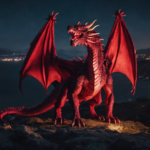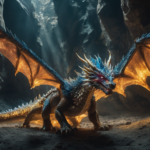Dragons have been a central feature of folklore across various cultures, embodying themes of chaos, wisdom, and power. Here, we count down some of the most iconic dragons from popular folklore, ordered by their estimated sizes.
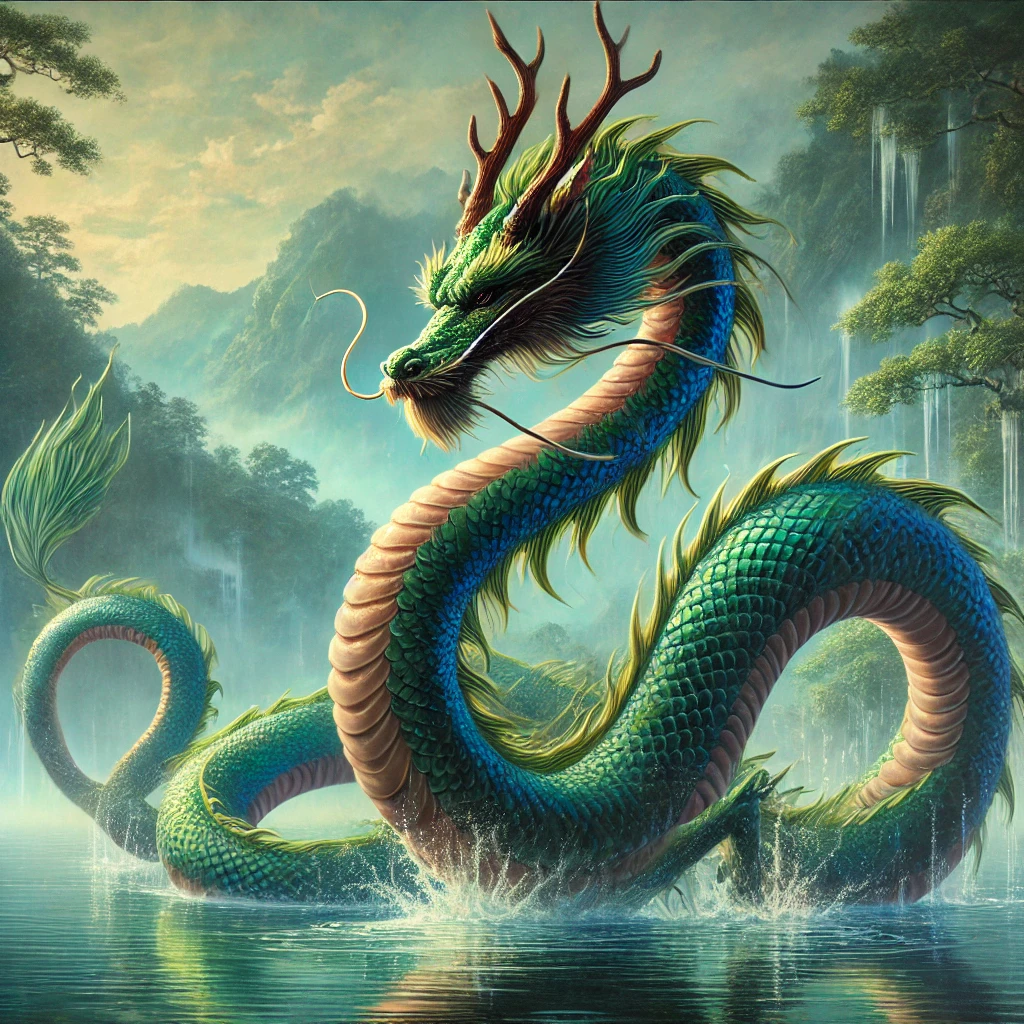
10. Tatsu (Japanese Folklore)
Estimated Size: 30 feet (9 metres)
Tatsu, or Japanese dragons, are serpentine creatures that are often associated with water bodies like lakes and rivers. These dragons are typically benevolent and wise, embodying the element of water and often linked to rainfall and agricultural prosperity.
9. Níðhöggr (Norse Mythology)
Estimated Size: 45 feet (14 metres)
Níðhöggr is a dragon that resides in the roots of Yggdrasil, the world tree, in Norse mythology. Known for gnawing at the roots of the tree, Níðhöggr symbolizes destruction and decay, playing a crucial role in the cyclical nature of life and death in Norse cosmology.
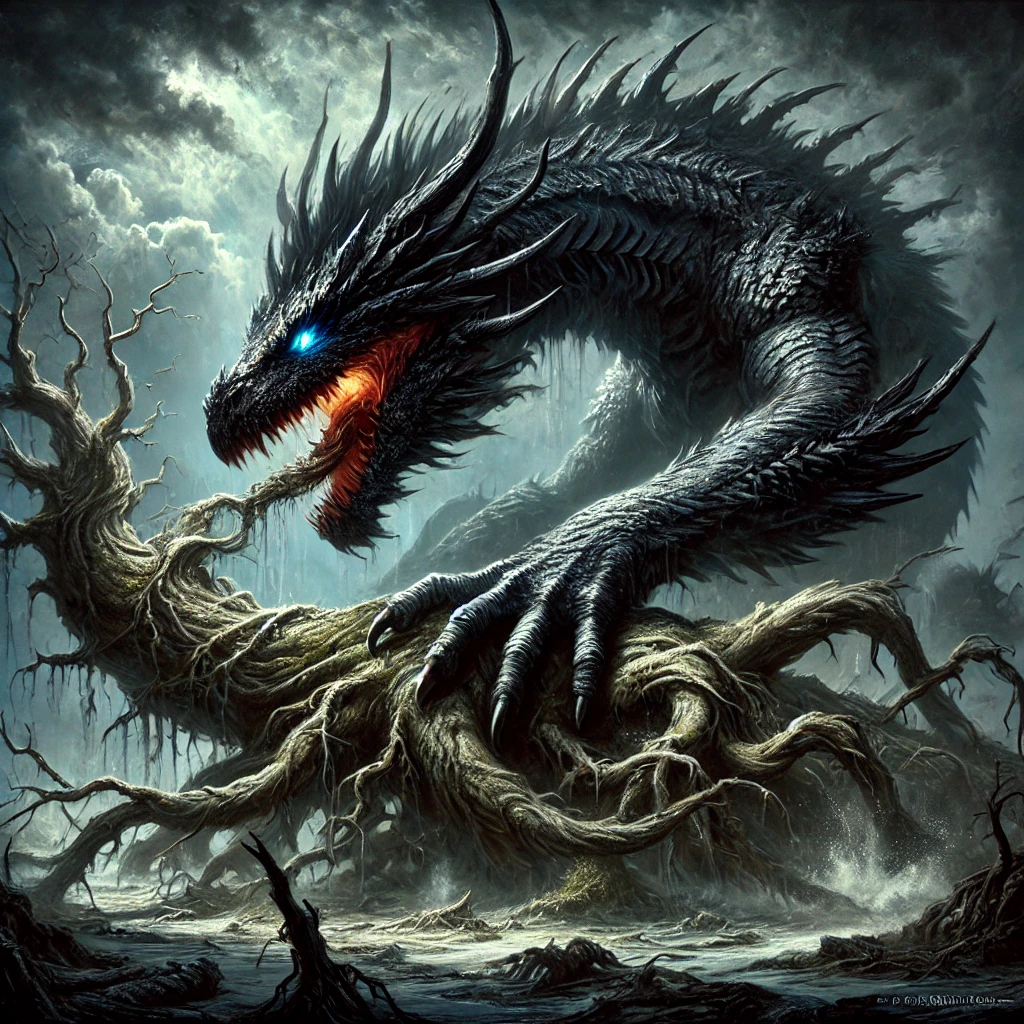
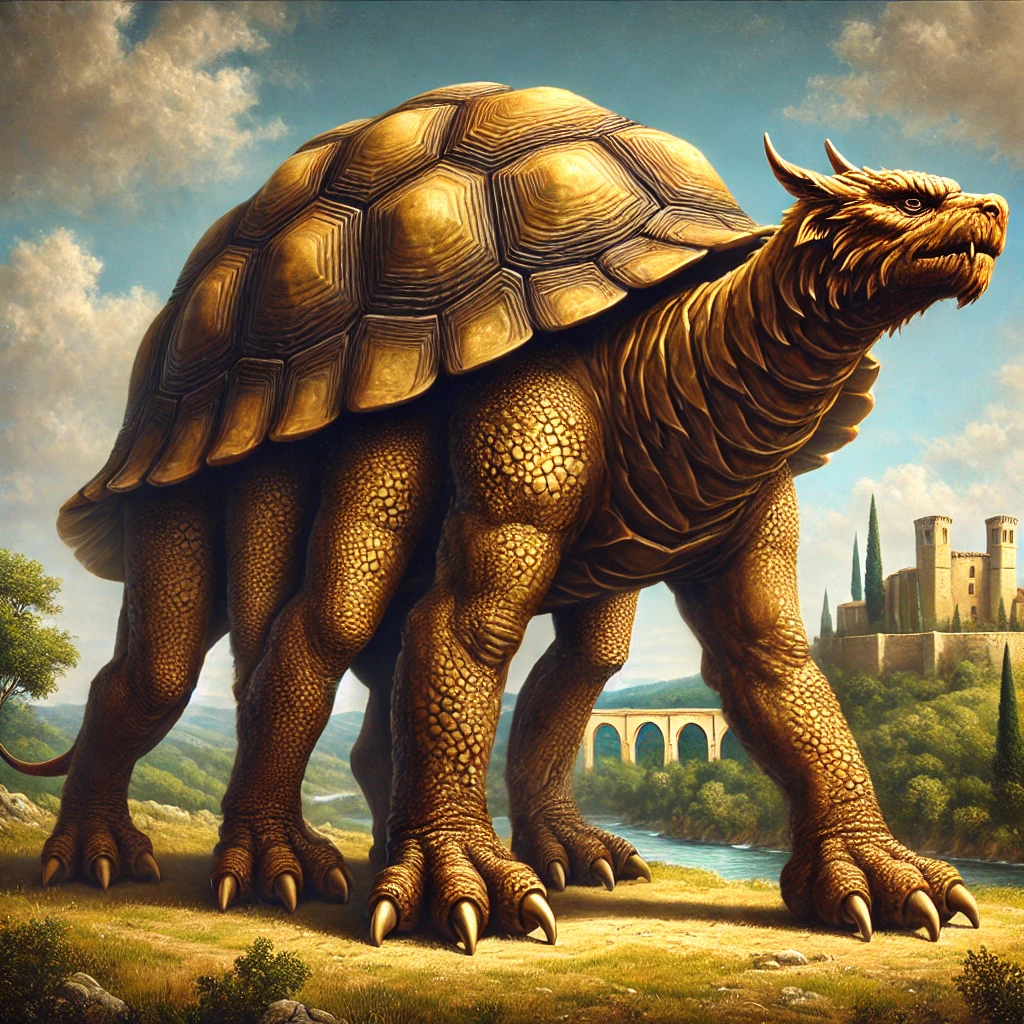
8. Tarasque (French Folklore)
Estimated Size: 50 feet (15 metres)
The Tarasque is a dragon-like creature from French folklore, specifically from the Provence region. Described as having a lion’s head, six bear-like legs, an ox’s body, and a turtle’s shell, this formidable beast was tamed by Saint Martha, showcasing the triumph of faith over chaos.
7. Yofune-nushi (Japanese Folklore)
Estimated Size: 60 feet (18 metres)
Yofune-nushi is a dragon from Japanese folklore associated with the sea. According to legend, it demanded young maidens as sacrifices from a village until it was slain by the heroic Otohime, a princess disguised as a commoner.
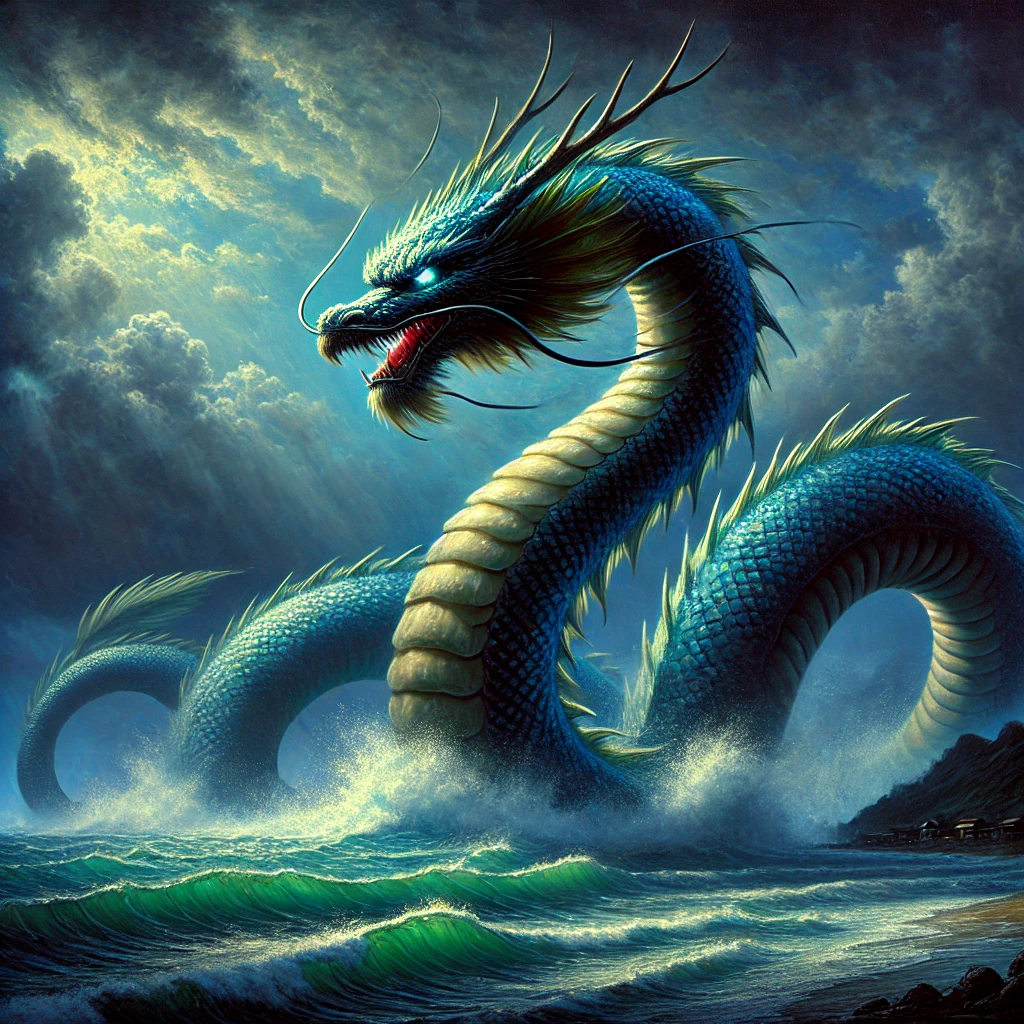
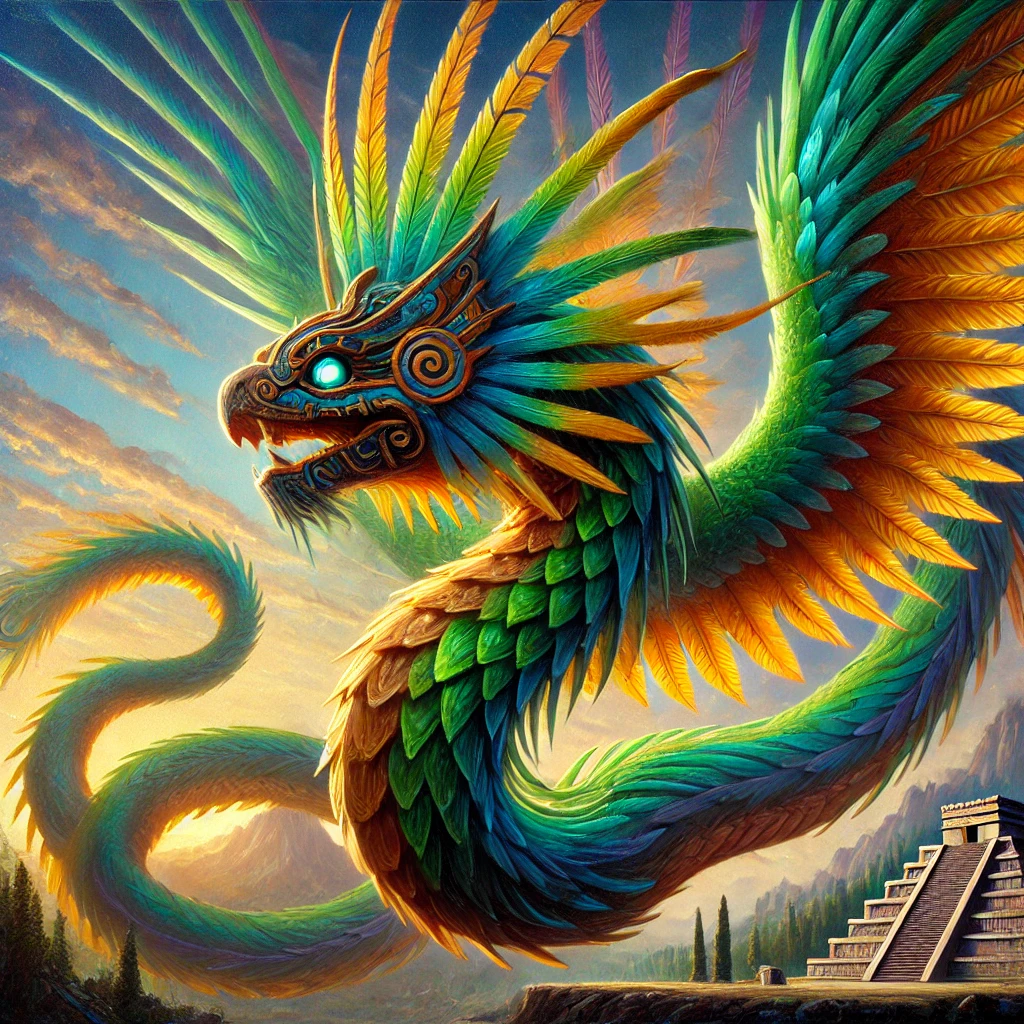
6. Quetzalcoatl (Aztec Mythology)
Estimated Size: 70 feet (21 metres)
Though often depicted as a feathered serpent, Quetzalcoatl is sometimes considered a dragon-like deity in Aztec mythology. Representing the morning star and associated with wind and knowledge, Quetzalcoatl is revered as a creator and civilizer.
5. The Lambton Worm (English Folklore)
Estimated Size: 90 feet (27 metres)
The Lambton Worm is a giant, dragon-like creature from English folklore. According to legend, it terrorized the lands around the River Wear until it was slain by John Lambton. This tale is a classic example of a hero defeating a monstrous beast to save his community.
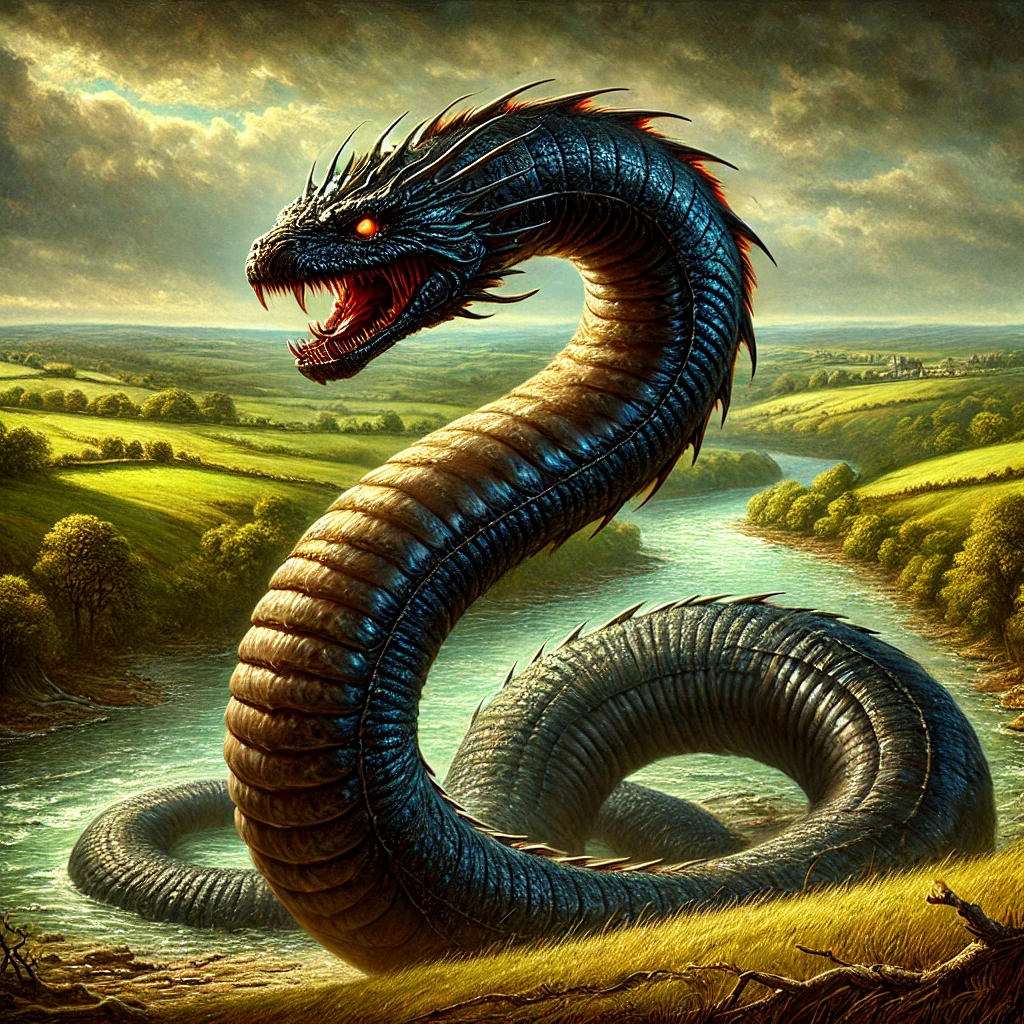
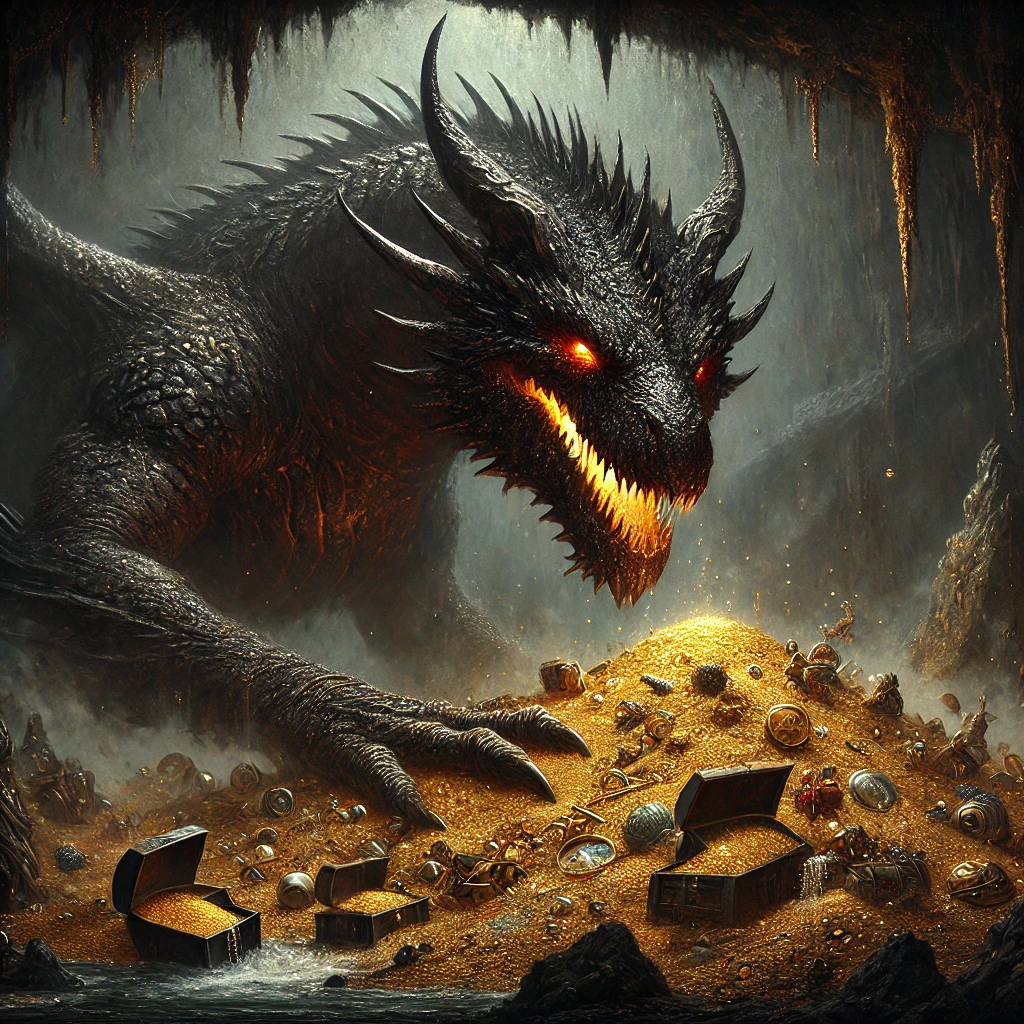
4. Fafnir (Norse Mythology)
Estimated Size: 100 feet (30 metres)
Fafnir, originally a dwarf, transformed into a dragon to guard his ill-gotten treasure. His story, deeply rooted in Norse mythology, symbolizes the corrupting power of greed. He is ultimately slain by the hero Sigurd, who gains immense knowledge from the encounter.
3. Zmey Gorynych (Slavic Folklore)
Estimated Size: 150 feet (45 metres)
Zmey Gorynych is a fearsome three-headed dragon from Slavic folklore. Often depicted as a destructive beast breathing fire and causing havoc, Zmey Gorynych is a significant adversary for many Slavic heroes, who must use their cunning and strength to defeat him.
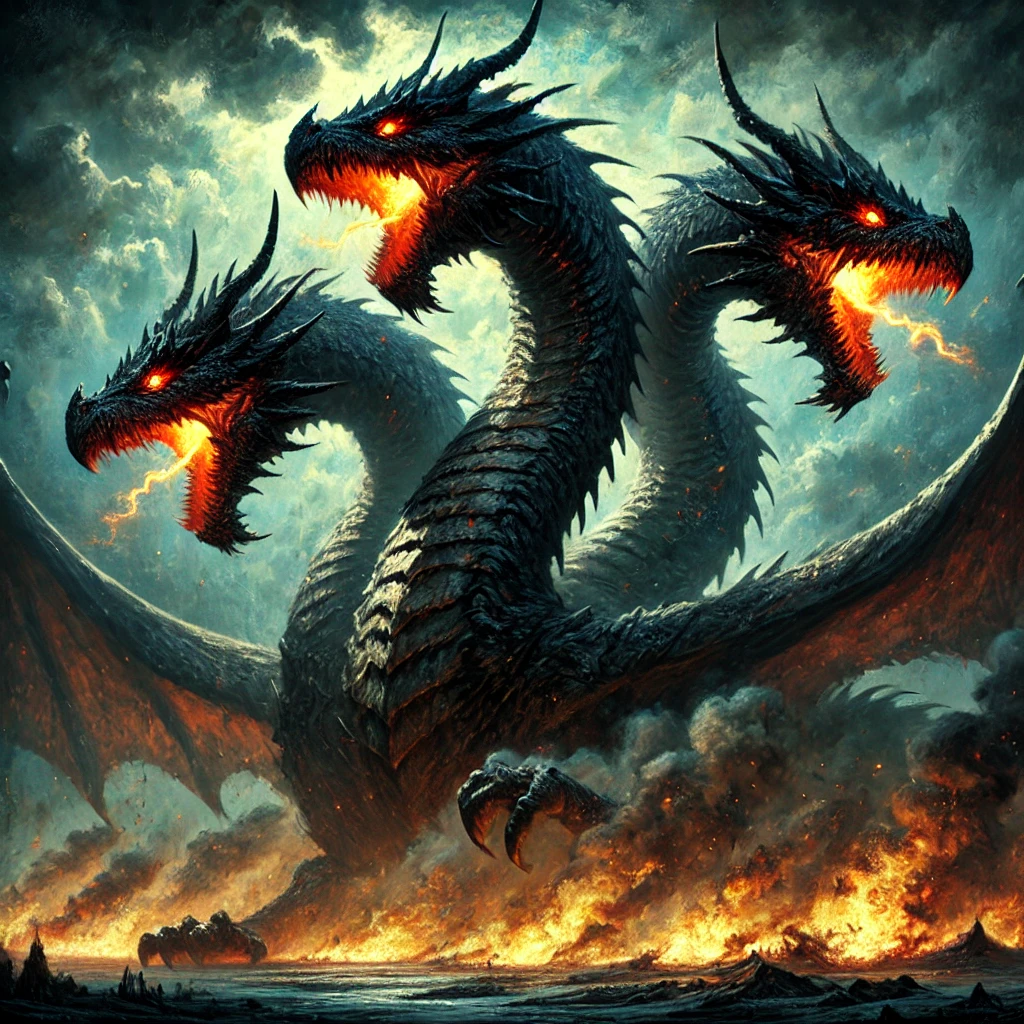
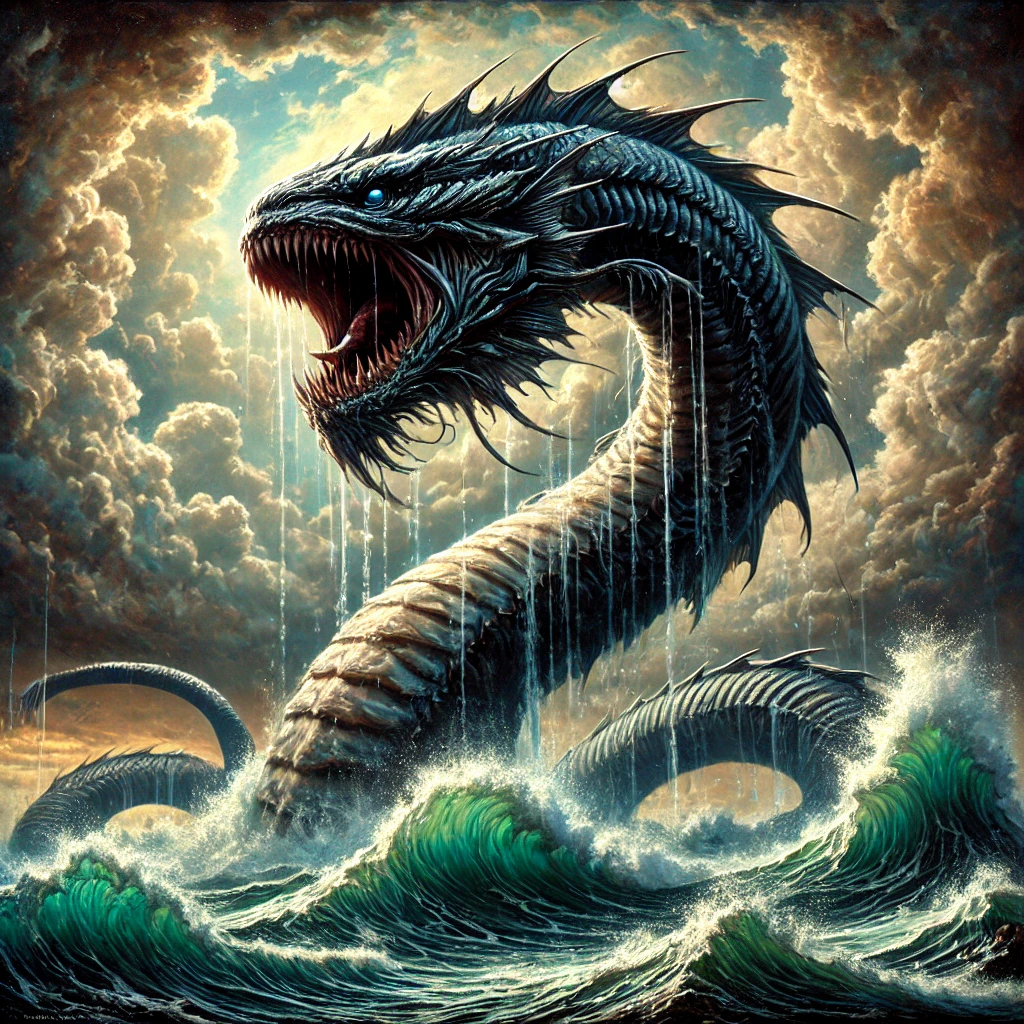
2. Leviathan (Biblical Folklore)
Estimated Size: 300 feet (91 metres)
Leviathan is a sea monster referenced in various biblical texts, often depicted as a giant sea serpent or dragon. In folklore, Leviathan represents chaos and the untamable forces of the sea, embodying the vast and fearsome power of nature.
1. Naga (Hindu and Buddhist Folklore)
Estimated Size: 500 feet (152 metres)
Nagas are serpentine beings from Hindu and Buddhist folklore, often considered dragon-like. They are guardians of treasures and often associated with water bodies, fertility, and prosperity. In some traditions, Nagas can reach enormous sizes, symbolizing their immense power and influence.
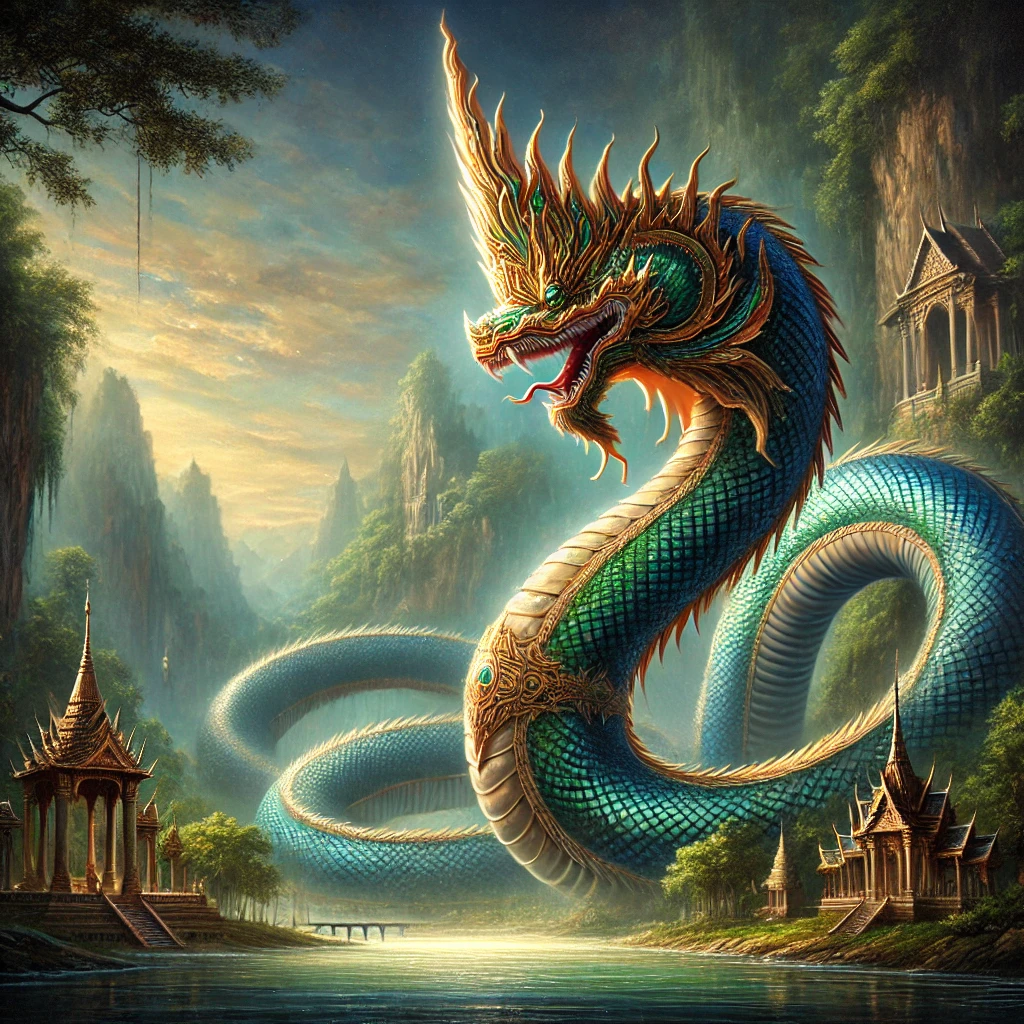
Conclusion
From the wise Tatsu to the fearsome Leviathan, dragons in folklore continue to fascinate and inspire. These folkloric dragons, with their diverse characteristics and immense sizes, highlight the rich tapestry of myth and legend that spans cultures and centuries.
For more dragon content please subscribe to the Everything Dragon YouTube Channel or follow us on Instagram


